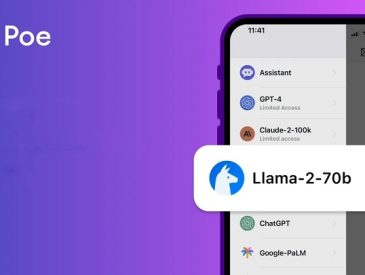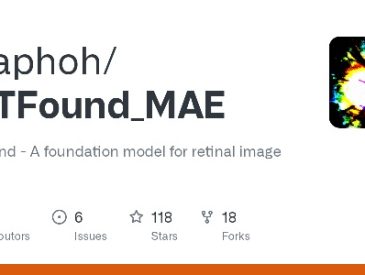Listen to article summary
Microsoft has confirmed that its AI chatbot, Bing Chat, is now available on non-Microsoft browsers, such as Google Chrome and Apple’s Safari. Previously, Bing Chat was only accessible within Microsoft products like the Bing mobile app and Microsoft Edge browser. The expansion aims to make the ChatGPT-like AI chatbot available to a wider range of users.
Expanding to Other Browsers
Bing Chat’s availability on other browsers was confirmed by Microsoft director of communications, Caitlin Roulston. The company is currently testing access to Bing Chat on Safari and Chrome with select users. Once the testing phase is complete, more users will be granted access to the AI chatbot.
Users can try out Bing Chat on their preferred browser by visiting Bing.com and clicking on the “Chat” icon. Some Windows users have reported receiving a pop-up in the taskbar offering the opportunity to try Bing Chat in Chrome.
Testing Limitations
Bing Chat’s ChatGPT-like experience is powered by OpenAI’s GPT-4 model. However, some users who tested the AI chatbot on other browsers reported limitations compared to the original version. For instance, Bing Chat in Chrome only supports up to five messages per conversation, whereas Microsoft Edge offers up to 30 messages. Additionally, the character count is limited to 2,000 in Chrome, whereas Edge supports up to 3,000 characters.
Microsoft has not confirmed these details or provided further information about the differences between the various versions of Bing Chat.
Native Dark Theme and Future Developments
Bing Chat is also testing a native dark theme, although it is not widely available yet. This feature will provide users with a darker interface for the chatbot experience.
Since its launch earlier this year, Bing Chat has been integrated into various Microsoft products, including the Bing mobile app, Edge browser, and Skype. Recently, Microsoft announced that it will introduce Bing Chat to the enterprise sector, offering business-focused data privacy and governance controls. Microsoft also revealed that Visual Search, which allows the chatbot to respond to image-based questions, is rolling out alongside these developments.





